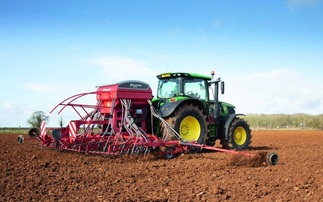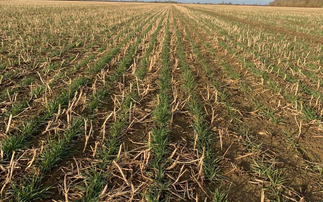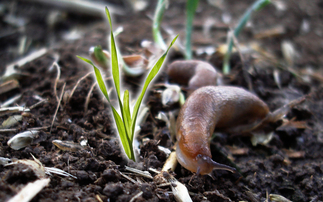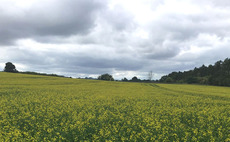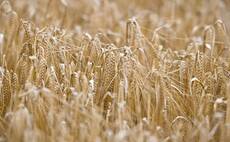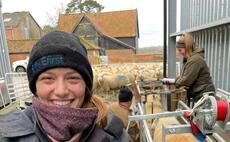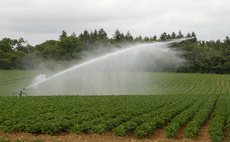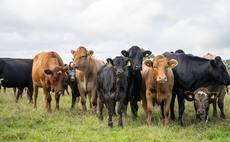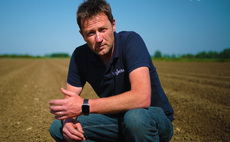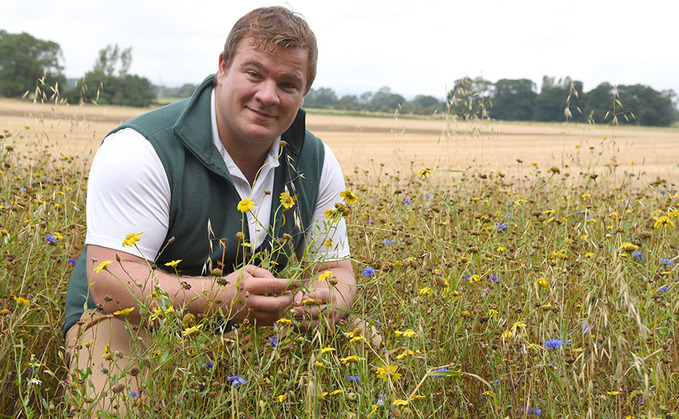
Independent agronomist, Ben Boothman
"Well, my early morning rain dances have finally paid off. However, the God of rain must have been less than impressed with my performance with a mere 15mm overnight rather than the predicted month's worth of rain in several hours.
If you base it on the previous two months rain however, it has exceeded its expectations, but so would 1mm have. Again, another positive is at least we didn't have a thunderstorm deluge as I fear for some of these gargantuan barleys which may decide to hug the ground as they head towards senescence. Any rain has been welcome and with a potential further 15mm on Wednesday (June 21) here in North Yorkshire it may just be the shot of life some of these spring sown crops desired and a boost to some of the wheat crops hanging on by a thread on some of the sandier land where leaves 2, 3 and 4 have already succumbed to Mother Nature.
Winter barley
Winter barleys are approaching the final furlong and with warm weather predicted for the rest of the week and mid-twenties for the weekend, harvest is just around the corner.
I think first combines could have a steady arise from hibernation within the first week of July around the Vale of York. This calling will soon be herd in Ryedale and other threshing machines will follow suit. I feel the winter barleys won't have suffered as badly from the recent drought and as a result have high hopes for yields as crops look reasonably well. One thing is for sure, there will be plenty of straw to keep the stockmen happy.
Winter wheats are holding on with most crops now displaying full ears. T3 applications have started to go on this last week based around tebuconazole with the inclusion of prothioconazole for my milling growers. I have had many conversations around the need for T3 applications this year on farm due to the dry conditions. However, I have gone with my gut and decided to go ahead. Harvest is still hopefully a long way off and with disease pressures this year being relatively high and shifts between fungal targets it would be a shame to have kept crops as good as they are to pull the pin now. Those with low rusts scorings are a given.
Harvest pressure
Oilseed rape crops are now at final pod sizes and as a result some fields will be getting a pod sealant treatment to help ease the risk of seed shedding while also relieving harvest pressure between crops on farms.
Maize crops once germinated have revelled in the warm, bright conditions and are motoring through the growth stages. The recent rain will only hasten their progress. Following on from the pendimethalin pre-emergence spray, all my crops will get a post-emergence spray around the 3-4 leaf stage based around formasulfuron + iodosulfuron to tidy up any grass- and broad-leaved weeds lurking within the rows.
Fodder and sugar beets as with above have started to grow away nicely once they had got over the trouble of emergence and threats posed by mangle fly. Herbicide programmes have worked extremely well, and focus shifts on to black-grass and ryegrass control now that two weeks have passed since finishing the broadacare programme.
Linseed
Spring linseed has had a torrid time here in getting itself established and due to its vulnerable state are yet to receive any further herbicide follow treatments, hopefully the rain will help strengthen crops so that SU mixes can be applied with minimal risk to crops. If not, we could see fields of poppies on light sandy land - oh what a joy.
As the crop walking season draws to an end, even though I love my job I can't quite say that it has been a walk in the park. The shifts in weather we are experiencing year-on-year certainly throw plenty of curveballs throughout the season. However, as you drive around the countryside and blank out the well cultured black-grass crops, potential looks strong and a couple of well-timed light showers will help keep them on target."









